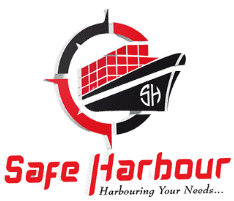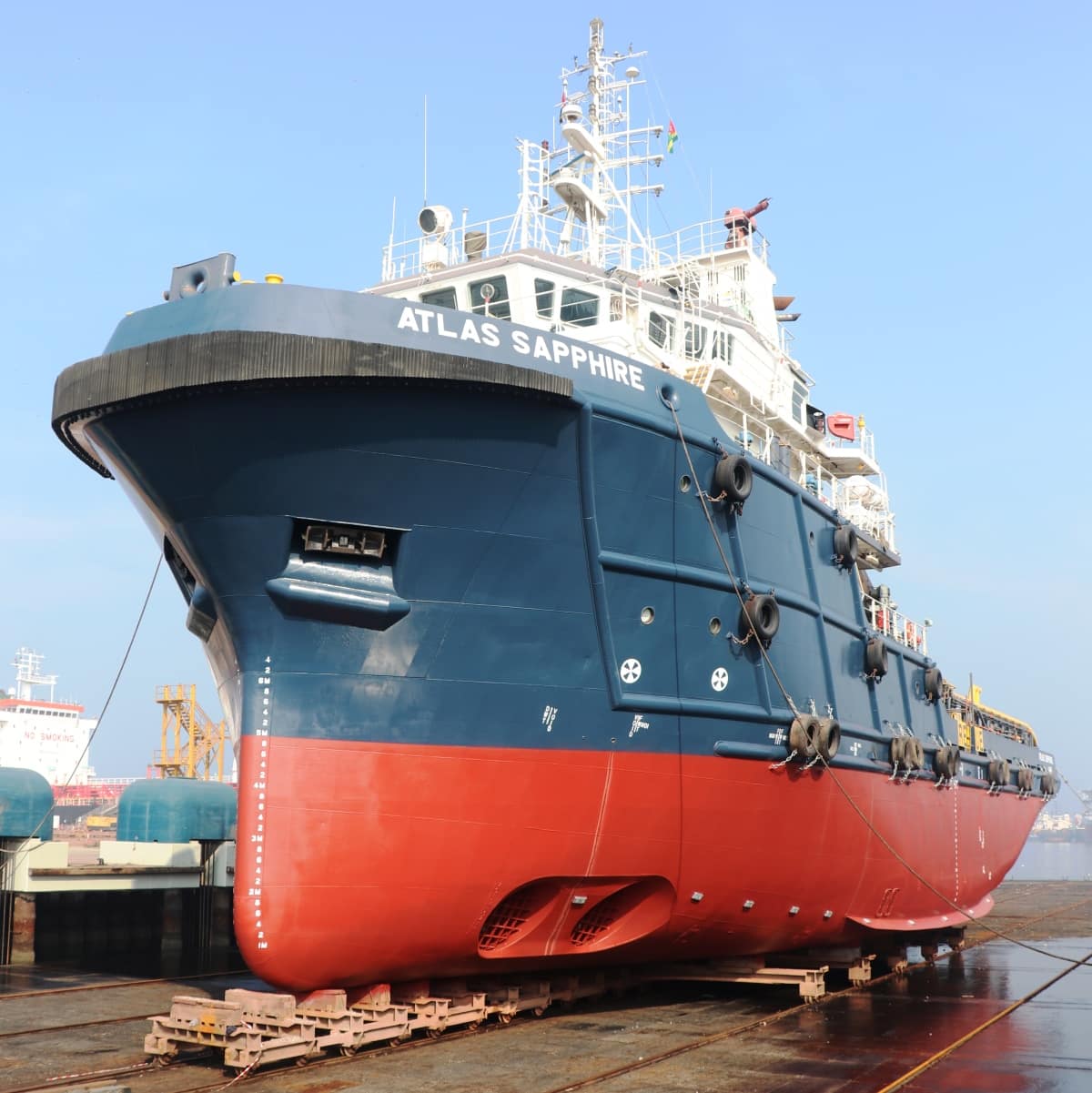Marine instruments are electronic gadgets utilized for gear control and to gauge temperature, stream, level, and strain on vessels of different sizes, including traveler ships, vendor ships, and maritime boats. This marine equipment continuously observes marine hardware execution and incorporates tension-checking instruments, level transmitters, temperature-following measures, and mechanized process instrumentation.

A few instances of the normal purposes for marine instruments include:
- Controlling alert and power frameworks
- Overseeing motor liquid, fuel, and oil levels for cooing and general activity
- Keeping up with counterbalance liquid levels
- Checking compacted air frameworks
- Overseeing freshwater siphons
The Significance of Involving Marine Instruments for Gear Control
Ships use cutting-edge marine gear to oversee everything from motor parts and controlling frameworks to radar discovery and route frameworks. At the point when this gear glitches, it influences functional productivity and causes personal time that can put your boat delayed.
A counterbalance that isn’t filled to the proper level after stacking and dumping freight influences the strength of your boat. Energy the board framework that isn’t working at an ideal level declines energy productivity and affects maintainability endeavors. Generally functional effectiveness. Spills and risky tension levels in oil and gas tanks can affect motor activity and lead to horrendous occasions that influence the security of your team and travelers.
Marine instrumentation considers quicker reaction times when issues emerge and works on the security, unwavering quality, and productivity of a business and maritime armada activities. Reach us to talk about the marine instrumentation that meets your necessities.
Marine Instruments for Hardware and Interaction Observing
- Pressure Checks and Transmitters: Incorporate simple and advanced gadgets that action pressure levels of liquids, oils, and gases in tanks, weights, and other holding vessels. Transmitters then, at that point, convert the strain readings into signals that are perused by a showcase or PLC.
- Level Transmitters: Give ceaseless estimation of levels in fuel, oil, balances, and water tanks. Kinds of level transmitters incorporate capacitance level sensors, directed wave radar sensors, non-reaching radar level sensors, and ultrasonic level sensors, and the sky is the limit from there. These marine instruments are accessible in choices that mount inside or outside a tank, either at the top or base.
- Mechanization Instrumentation: Incorporates encoders, signal conditioners, and photoelectric and inductive sensors for observing electronic cycles in various marine and land-based applications. Mechanization instrumentation controls motor parts, maintaining frameworks, and checking and handling frameworks.
- Temperature Checking Gadgets: Consider precise temperature control to keep up with appropriate working temperatures and forestall overheating that can harm marine equipment by marine companies in Sharjah and make well-being dangerous. Temperature instrumentation is utilized for checking ventilation and cooling water frameworks, directing fumes gas from motors and blowers, observing oil and gas temperatures, and that’s only the tip of the iceberg.

